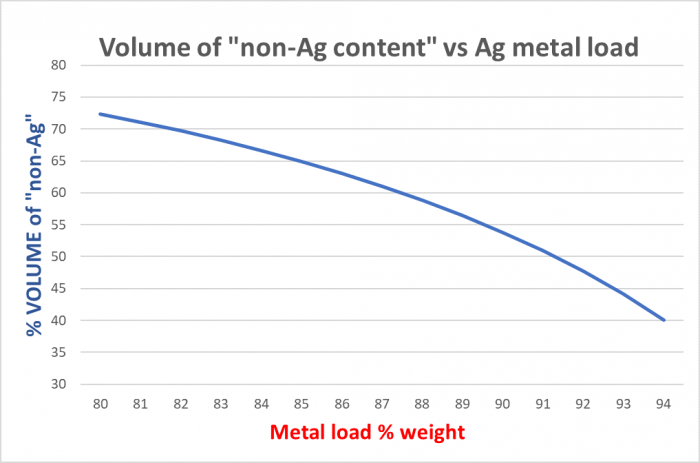Just last month at the IMAPS show in Boston, Sze Pei Lim and I had the opportunity to chat with Francoise von Trapp from 3D InCites to discuss materials aimed at tackling certain challenges related to e-mobility and electric vehicles. Our discussion focused heavily on pressure silver sintering and its use in electric vehicle applications, specifically for die-attach within power modules used in the inverter assembly. The podcast episode can be found on the 3D InCites website via this link.
https://www.buzzsprout.com/1731672/11613361
E-mobility is an exciting, fast-growing market. Many new car manufacturers are bringing electric vehicles to market now and in the coming years. Also, many long-established ICE vehicle manufacturers have declared their future to be electric. One potential roadblock (pun intended) to widespread adoption of battery electric vehicles is “range anxiety,”the fear of having the battery run out mid-journey, and also the time it would then take to recharge your car. In battery electric vehicles it is the inverter that draws DC voltage from the battery and converts it to AC voltage to drive the motors that propel the vehicle. Power module packaging and assembly is evolving to fit the requirements of this emerging application. Wide band gap semiconductor devices such as SiC MOSFETs are replacing traditional Si IGBTs due to the fact that they have higher thermal conductivity and can operate at higher temperatures without loss of performance (require less cooling). These devices are capable of higher power outputs for the same size, or a smaller footprint for similar power ratings. They are also faster switching devices which means more efficiency and faster charging.

Fig.1 – Example of a sintered power module for EV inverter application
For the full benefits of the SiC MOSFETs to be realized, the die-attach material also needs to meet the demands of the system; this is where pressure sintered silver comes in. Pressure silver sinter die-attach is typically done at temperatures of around 250°C. However, the melting temperature of silver is 961°C, meaning it can handle operating temperatures well above the melting point of solders without concern. A pressure sintered interconnect also has higher thermal and electrical conductivity compared to solder. These properties make a silver sintered die-attach interconnect more efficient, more effective at heat dissipation, and more reliable than solder.
InFORCE™MF is a new pressure silver sinter paste for die-attach in high power module applications. The approach taken for this material is to have a paste with a very high metal content, >90% by weight, low organics, and a formulation optimized for printing. This offers a number of process-related benefits such as excellent printing, fast pre-drying, less material loss during sintering, and consistent bondline thickness. Less organic content means less material needs to be applied to achieve a target post-sinter thickness as less of the original deposit is being burned off. The chart below shows an approximation of the relationship between metal load % by weight and organic content by volume.

Fig. 2 – Ag metal load % by weight vs. “non-Ag content” by volume
Indium Corporation has a range of both silver and copper sinter pastes for pressure and pressure-less applications. If you would like to know more about sintering and Indium Corporation's sinter materials, feel free to reach out to me at [email protected]

